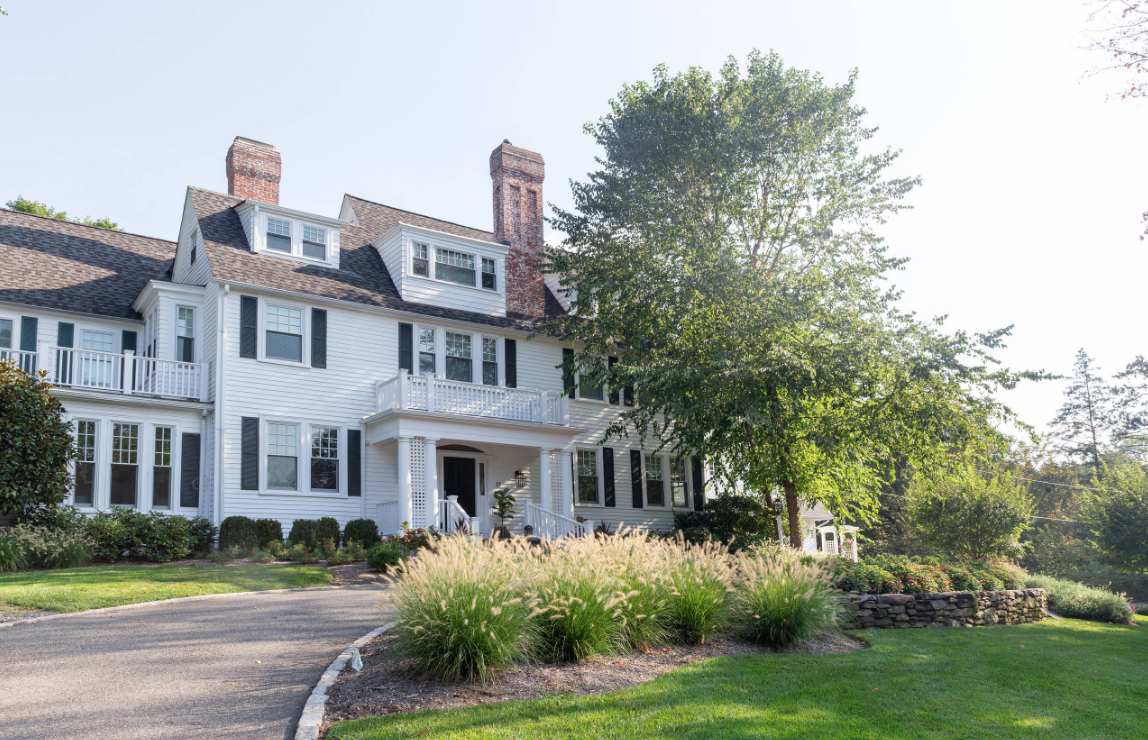What to Do When You Find Water Damage in Your Home

So, what would you do if you identify water damage in your home? You just have to take 4 essential steps to prevent irreversible damage to your home and belongings. However, first, you must inspect the common, water damage prone places to rest assured.
 Photo By: Karen B Wolf Interiors, Associate ASID
Photo By: Karen B Wolf Interiors, Associate ASID
Hidden Places to Look for Water Damage in Home
Building materials, when they repeatedly come in contact with water can start to degrade or rot. The situation worsens in hidden areas. You must check subfloors, underneath carpets, wood studs, roofs, basement, plywood sheathing and insulation for water damage.
* Outside door threshold, even if your wood is treated
* Window sills and painting
* Wall underneath the windows
* Underside of the dishwasher and sink
* In your washroom – next to the tub, shower, wash basin, and toilet
* The joints that connect the plumbing system, such as exterior faucets
* Next to water appliances, such as HVAC unit, washing machine, water dispenser and purifier
* Back of the dry wall (especially after a flood)
* The chimney, roof shingles, and see-through ceiling windows
* In the attic, inside closets, dark areas, and unreachable places
* In the basement of your house
Some of the common signs of water damage in these areas are:
Wooden structures and surfaces – Warping of wood, bulging or swollen wood, cracks, and soft wood
Cemented structures – Peeling wall paint, water spots on wall, and softening of walls
Odor and Appearance – Closed places affected by water damage can cause mold to grow. Molds spread musty, weird smell. Black spots on the walls, on carpet, upholsteries, and wooden furniture indicate mold growth. Molds can be white, yellow, and green colors as well.
Steps after You Find Water Damage
Leaky pipe, frozen pipe lines in winter, flood, rainwater, defected construction, excessive humidity, damaged house appliances or sump-pump are common causes of water damage.
Step 1: Identify from where the water causing a damage
Once you identify the source of water damage, the rest of the procedure is easy. Even if the damage looks small, it can grow big eventually. Once you have identified the source, try to block it temporarily. If it’s a flood due to storm or rain, make sure there are not any loose electrical wires submerged in water. Take photos of the damages to show them as evidence during claim registration.
Step 2: Notify the Water Restoration Service Provider
For serious water damage, contact your water restoration service provider within 24 hours. Call them and explain the situation so they can bring the right tools and equipment along.
Step 3: Inform Your Insurance Provider
If your insurance policy covers water damage restoration in Nashville, contact the provider and register a claim. Also notify the home owner’s association or the party who’s responsible for the building maintenance and renovation. It is particularly important if you have rented an apartment.
Step 4: Wait for the Remediation
Meanwhile, remove the stuff, like furniture, clothes, important documents, and appliances from the damaged area to dry area to prevent further loss. Keep the room doors and windows open to promote cross ventilation. Do not turn any electrical appliance unless you receive a green flag from the remediation expert.
Whether you are buying a new house or an existing house, whether you are renting a condo or an apartment, or even if you are selling your property, inspect your home thoroughly for water damage signs and do the needful. Because as the proverb goes ‘a stitch in time, saves nine”, taking immediate and timely actions will help you prevent costly and devastating water damage restoration processes.









Leave a Comment